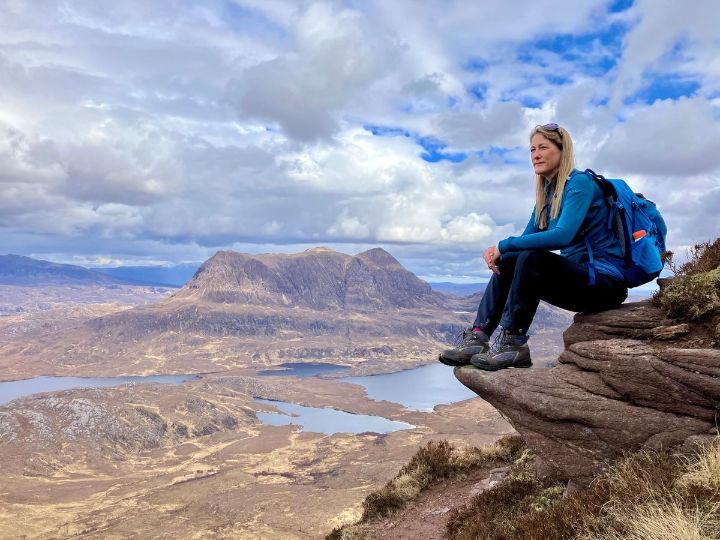Latest insights
North America is Scotland’s most significant international market in terms of both volume and spend. The United States (US), stands out as Scotland’s largest international source market, leading in the number of visits, nights, and total expenditure. It accounts for 20% of all overseas trips to Scotland and 34% of all overseas spend in Scotland.
Over recent months, the outlook for US travellers heading to Scotland has been shaped by a combination of political uncertainty, financial market fluctuations, and evolving consumer expectations. While some businesses and tour operators note slower sales and bookings, others remain optimistic, suggesting it may be too early to draw definitive conclusions as the season continues to unfold.
As the global travel market continues to evolve, Canada presents an exciting opportunity for Scotland. Although too early to draw firm conclusions, Canadian travellers are keen to explore destinations outside of their home country, which provides an opportunity for Scotland to position itself as an attractive alternative destination.
